This review is updated regularly with new models
Last updated: September 13, 2019
Of course, competition requires companies to constantly expand the range and functionality of their products. This axiom holds for all segments of consumer electronics and the TVs was no exception. In just a few decades, companies have developed and introduced QLED, OLED, NanoCell, HDMI 2.1, Dolby Vision, HDR technology and many other innovative technologies.
This year, their range has also expanded significantly. Of course, the review format does not pretend to be a complet, but it includes some promising models.
Review includes the following models from major market leaders:
– LG Rollable Signature Series R9, LG Z9 8K HDR OLED TV, LG SM9500 4K HDR LED NanoCell TV and LG (B,C, E, W) 9PUA 4K HDR OLED TVs (all w/AI ThinQ);
– Sony X950G 4K Ultra HD Smart LED TV with HDR and Alexa;
– TCL S425 4K UHD Smart Roku TV;
– VIZIO P-Series Quantum X 4K HDR Smart TV.
LG TVs
Of course, this company needs no introduction. LG annually offers its new developments and this year was no exception. LG Signature Roll Up R9 4K HDR OLED TV at CES 2019 made an indelible impression on the most imperturbable viewers.
This model has all conventional pros and cons of OLED technology, uses 2nd Gen α9 Processor and WebOS 4.5 with Alexa. Unfortunately, its peak brightness is only 800 nit. According to LG, the Signature Series R9 will be available at the end of 2019, but in a 65-inch version only. But we can only guess about the price.
In addition, the company announced the first LG Z9 OLED TV with 8K resolution and design in the “wallpaper” style.
Additionally, LG continued to develop its LCD NanoCell TVs by introducing LG 4K HDR Smart LED SM9500 NanoCell TV w/AI ThinQ.
Moreover, the company promises to announce its first 8K LCD NanoCell TV by the end of the year. It will be called LG SM99, have a full array of local dimming (FALD) and HDMI 2.1 support.
Besides, the company introduced the ninth 4K OLED series, which continued the popular 2018 4K OLED series. As known, it included B8, C8, E8, G8, and W8 series. Accordingly, new series includes B9, C9, E9 и W9. B9 uses α7, other newer models use α9. By analogy with the 8 series, the models differ mainly in design and speakers. LG C9PUA 4K HDR Smart OLED TV w / AI ThinQ claims to be the most popular. This model can be considered an improved version of C8 (C9 vs C8.)
LG C9PUA 4K HDR Smart OLED and LG 4K LCD TVs
As known, OLED panels use organic light-emitting diodes, which are a separate light source with individual brightness adjustment.
Of course, such a natural local backlight does not require backlighting, providing absolute black and, therefore, unlimited contrast.
Very high contrast, uniform illumination and very wide viewing angles provide perfect color rendering. Unfortunately, a relatively short service life of the blue subpixel and very high price significantly limit their popularity.
Today, LG is a leader in this area. In recent years, the company has been able to significantly reduce the cost of OLED-panels and extend their service life. For example, the B8 55-inch today costs about $ 1,300. As a result, LG 4K OLED TVs have become very popular in recent years.
The LG C9 2019 is well positioned between the budget B9 and the more expensive E & W models, providing an awesome OLED picture quality at a reasonable price nearly $1,500 for 55 inches.
This series uses 55-, 65-, and 77-inch matrices.
Like all new LG TVs, the C9 has an α9 Gen 2 Intelligent Processor, supports HDR10, Dolby Vision, HLG, and Advanced HDR standards, HDMI 2.1 and Google Assistant, and uses the excellent WebOS 4.5 with Alexa.
Of course, the company did not forget about traditional LCD TVs, introducing the budget LG 4K series from UM71 up to UM76, and LM63 1080p series.
Sony X950G 4K Ultra HD Smart LED TV with HDR and Alexa Compatibility
Sony X950G 4K LED TV uses FALD (full-array local dimming), and has an impressive specs.
Key features:
– 4K (3,840 x 2,160) resolution;
– supports High Dynamic Range, including HDR10, Dolby Vision, and Dolby Atmos standards;
– full-array local dimming;
– 120 Hz refresh rate;
– DCI-P3/10-bit color space;
– Android OS (Android Oreo 8.0 with Google Assistant).
Android-based smart platform supports apps like the Google Play store, etc.
Unfortunately, it has the traditional disadvantages of LED models, including too aggressive local dimming and narrow viewing angles. Accordingly, the TV distorts colors when viewed at an angle, limiting the choice of a convenient location. Moreover, the model provides an HDR color gamut without margin, inferior to other TVs in this price range.
But overall, the X950G looks great. With the exception of narrow viewing angles and not ideal color accuracy, other aspects correspond to a very high level. TV provides excellent contrast and image clarity even in brightly lit room.
This series offers four sizes, including:
– 55-inch (XBR-55X950G);
– 65-inch (XBR-65X950G);
– 75-inch (XBR-75X950G);
– 85-inch (XBR-85X950G).
Depending on the diagonal size, today their price ranges from $ 1,200 to $ 4,500, respectively.
75-inch and 85-inch models support Sony’s X-Wide Angle technology. Maybe the company slightly exaggerates its effectiveness, but this technology really increases the color accuracy.
The X950G uses 4x HDMI 2.0a (1x ARC), 2x USB 2.0, 1x USB 3.0, component, LAN ethernet port, RF input, optical audio output, headphone jack, providing all the necessary connectivity.
Testing
The reputable reviewed.com provides the following Performance Testing results:
– HDR contrast (brightness/black level): 670.8 nits/0.112 nits;
– SDR contrast (brightness/black level): 431.1 nits/0.075 nits;
– HDR peak brightness: 1,198 nits (20%);
– HDR color gamut coverage: 92% (DCI-P3/10-bit);
– SDR color gamut coverage: 97% (Rec.709);
– viewing angle: ±16°.
Of course, this is a very high contrast for LED TVs even with FALD.
Peak brightness for SDR ranges from 400 to 500 nits, which is enough for a well-lit room. But for HDR mode, it reaches an unprecedented 1,200 nits, providing this series a huge advantage over its competitors.
The native 120Hz panel with X-Motion Clarity technology handles motion perfectly, delivering smooth playback for gaming, sports, and low-FPS content.
Additionally, TV provides surround audio playback using Acoustic Multi-Audio.
Overall, the X950G is a superb choice for a lit living room, but with some nuances, including narrow viewing angles and, sometimes, excessive brightness.
TCL S425 4K UHD Smart Roku TV
For several years, TCL TVs stably present in most different TOP lists in the budget and mid-price segments. High quality at a low price ensures them with an excellent price / quality ratio, providing a place among Best Sellers. Of course, TCL does not stop there, constantly expanding their range. This year was no exception and the company introduced the 2019 TCL 4 Series.
This series offers follow screen sizes:
– 43-inch (TCL 43S425);
– 49-inch (TCL 49S425);
– 50-inch (TCL 50S425);
– 55-inch (TCL 55S425);
– 65-inch (TCL 65S425);
– 75-inch (TCL 75S425).
Their price ranges from $ 280 to $ 1,000.
4 Series has three HDMI 2.0-compatible ports, a USB 2.0 input, an ethernet port, a shared component/composite input, and a coaxial jack.
Key features:
– 4K resolution (3,840 x 2,160);
– High Dynamic Range compatibility (HDR10 standart);
– built-in Roku streaming platform with Roku remote;
– Native 60 Hz refresh rate.
As usual, the Roku smart platform and remote are simple and user-friendly. Today it’s rightfully considered one of the best. But calibration is ineffective without the Roku mobile app.
HDR tests show better results compared to SDR, but the difference is not significant due to the low brightness, which does not exceed 300 nit even for the HDR signal. Therefore, the playback quality of HDR content is visualized only in a dark room.
Unfortunately, viewing angles reach only ± 22 °, after which the contrast of the panel deteriorates significantly.
In general, this series of TCL TVs reasonably claims to take its rightful place among the Best Sellers in the budget segment.
VIZIO P-Series Quantum X 4K HDR Smart TV
Vizio TVs have long and successfully competed in the budget segment. But over the past few years, the company has introduced a line of TVs that successfully compete in the middle and even top range with recognized leaders. In 2019, the company continued this trend with the introduction of several gorgeous Vizio P-Series Quantum X models.
The Vizio P-Series Quantum X or PQX offers 65-inch and 75-inch TVs only:
– 65-inch Vizio PX65-G1;
– 75-inch Vizio PX75-G1.
Today, the cost of a 65-inch model does not exceed $ 2,000.
65- and 75-inch versions use different amounts of local dimming zones. In particular, the 65-inch PQX has 384 total local dimming LED zones compared to 480 in the 75-inch PQX. Accordingly, the 75-inch PQX provides higher performance. On the other hand, today both models can claim the status of brightest TVs, providing up to 3,000-nit peak brightness. For comparison, today HDR-capable TVs with 1,000-nit brightness levels are considered very bright.
Key features:
– 4K (3,840 x 2,160) resolution;
– Quantum dot display;
– HDR10, Dolby Vision, and HLG support for HDR-content;
– FALD (full-array local dimming);
– 120 Hz refresh rate;
– SmartCast 3.0 smart platform;
– built-in Chromecast support;
– Apple AirPlay 2 support;
– DCI-P3/10-bit color space.
Testing in Calibrated picture mode from reputable reviewed.com showed the following results:
– HDR contrast (brightness/black level): 642.8 nits/0.081 nits;
– SDR contrast (brightness/black level): 354.2 nits/0.076 nits;
– HDR peak brightness: 2,057 nits (40% white);
– SDR peak brightness: 1,149 nits (40% white);
– HDR color gamut coverage: 95% (DCI-P3/10-bit);
– SDR color gamut coverage: 98% (Rec.709);
– viewing angle: ±12.78°.
Conclusion
1. LG has maintained its innovative leadership by introducing in 2019 the Rollable Signature Series R9, Z9 OLED TV with 8K resolution and LG SM9500, which continued the development of NanoCell technology.
2. Sony introduced the very bright X950G series with high image quality and relatively low price.
3. TCL introduced the S425 4K UHD series with Smart Roku at a great price, which is likely to take its place among Best Sellers.
4. VIZIO presented its best models, which today are brightest TVs. Their very high brightness provides excellent contrast. In addition, quantum dot display covers about 95% of the wide P3 color gamut. As a result, the 65-inch PQX delivers image quality that is comparable to the LG OLED C9. But LG’s popular flagship costs $ 1,000 more. Of course, a narrow viewing angle that cannot compete with the super-wide angles of OLED models, occasional light bloom, and not ideal Smart platform are still inferior to the flagships of the leaders. But the very low price for this class with a margin compensates for all the shortcomings, providing these models with huge growth potential.
5. Unfortunately, the expansion of functionality with innovation technologies does not always compensate for the decrease in prices for previous models. As a result, this list not completely match to TOPs from experts with most successful models in terms of their price / quality ratio. In addition, it differs significantly from the Best Sellers list, the contents of which depend primarily on the price and includes mostly the most successful budget LED models. But it may be interesting to fans of innovative models when choosing the optimal TV.
This video offers a Vizio 4K TV Lineup at CES 2019.

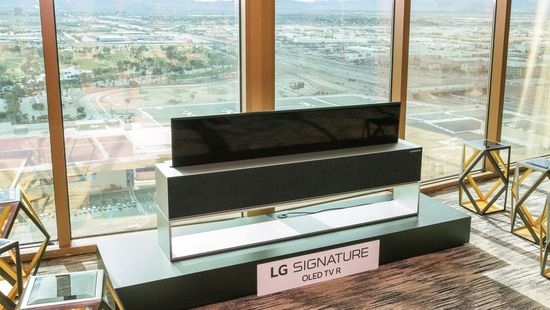
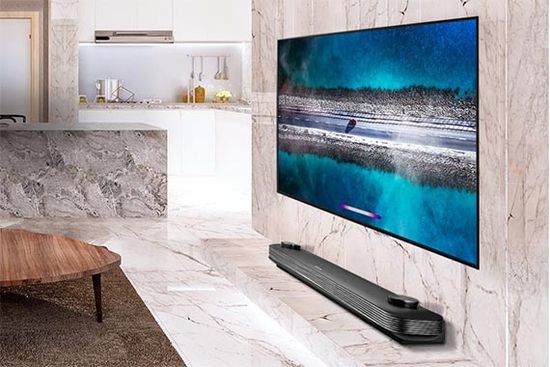
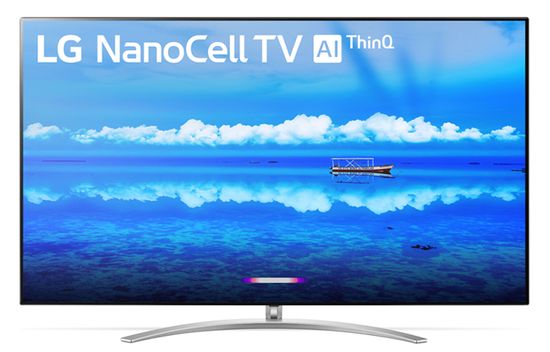
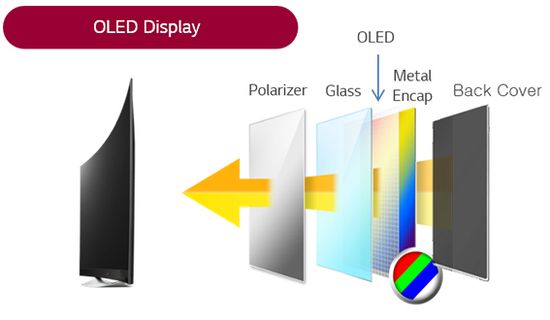
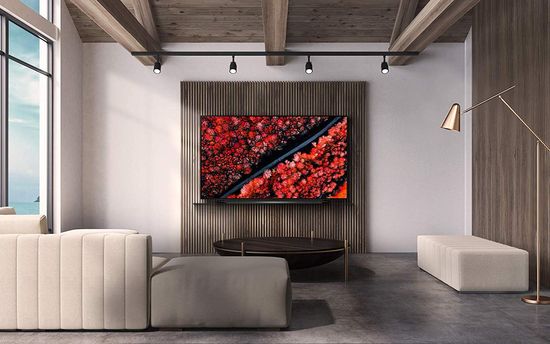
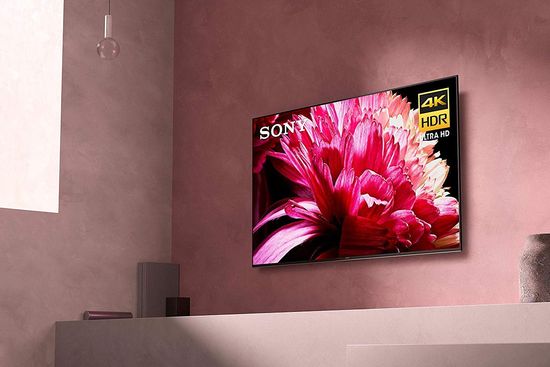
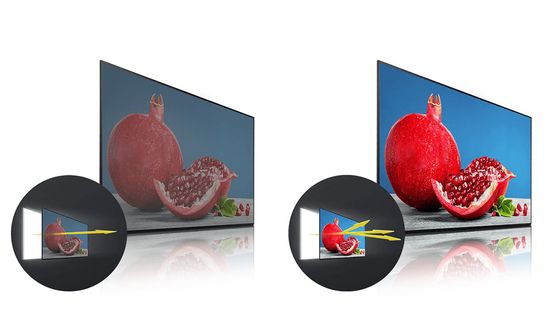

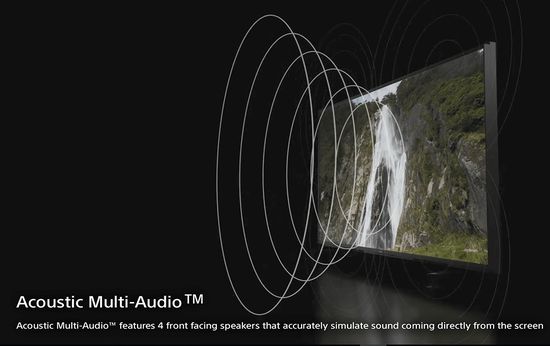
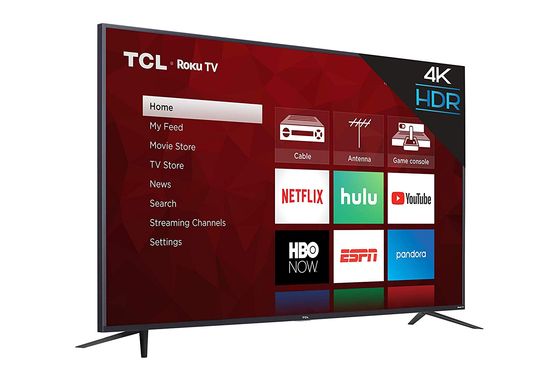
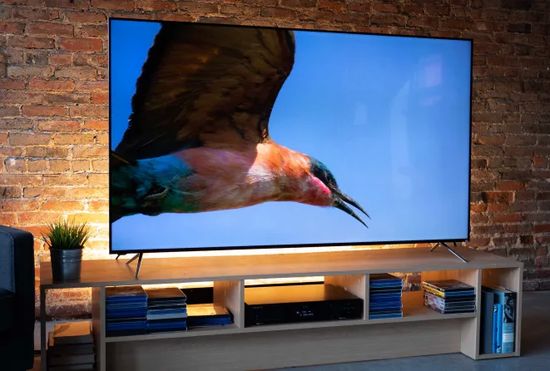
Pingback: New 4K UHD Smart TVs with HDR right now - The Appliances Reviews